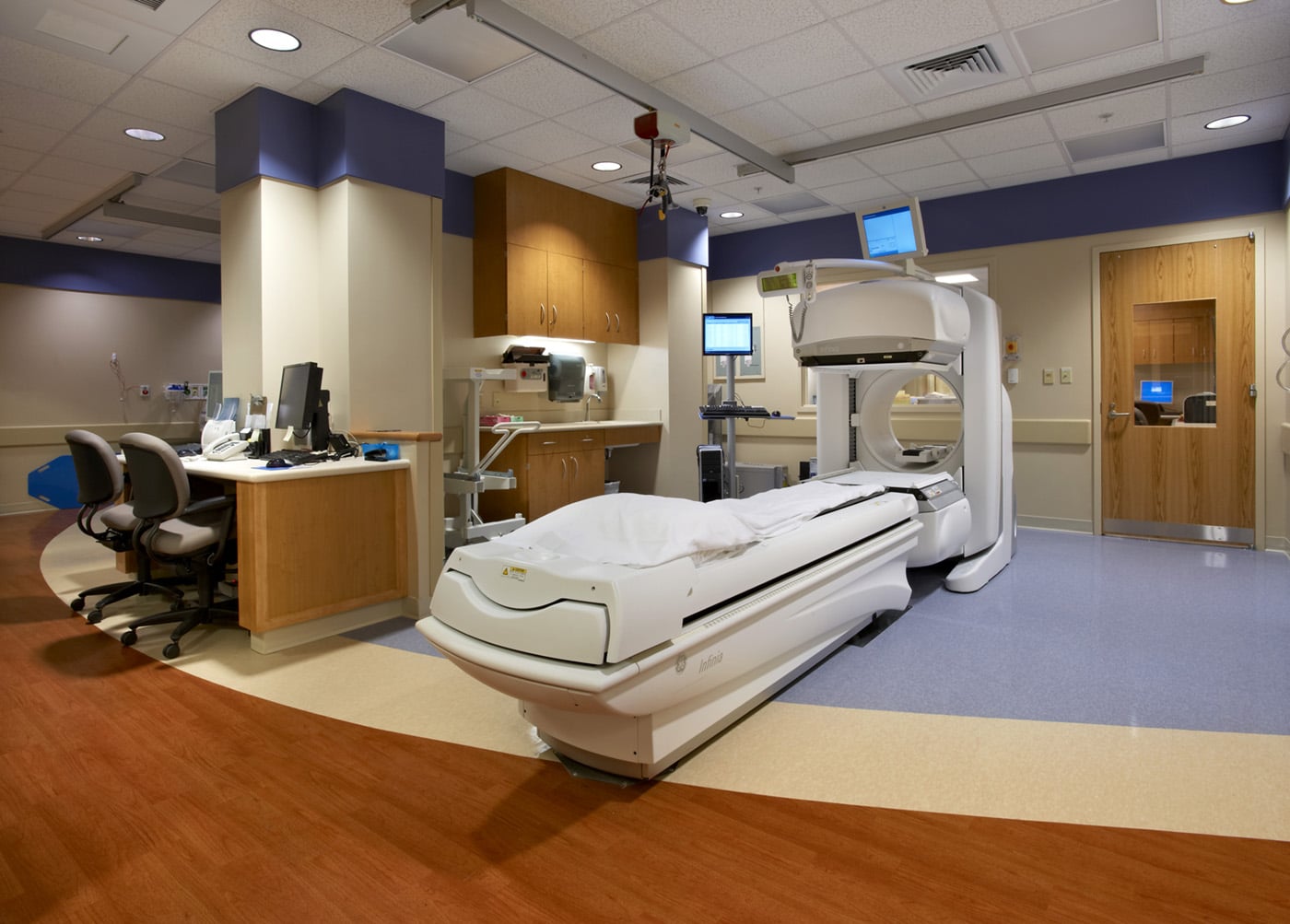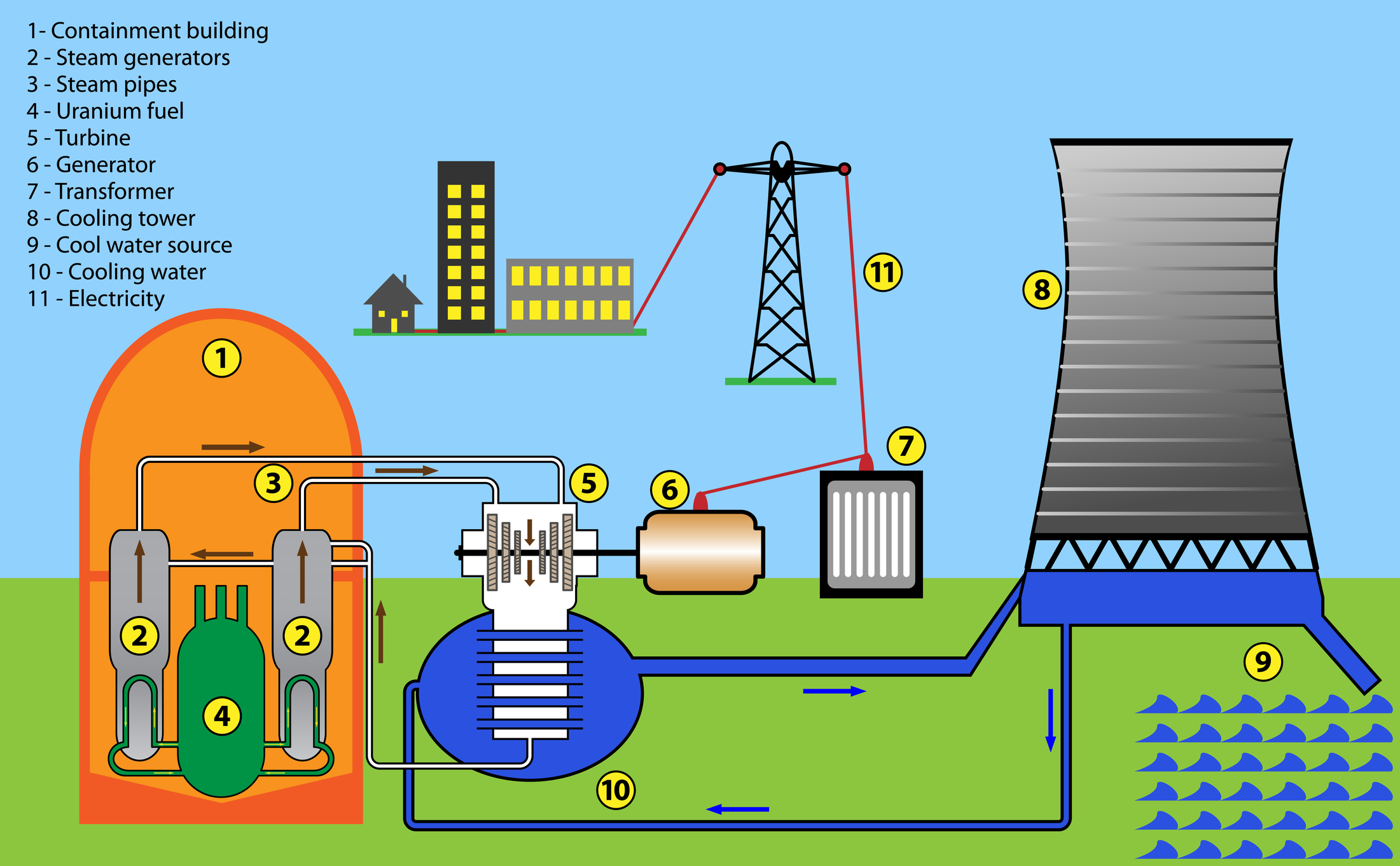

Japan’s 48 nuclear reactors have largely stayed offline since then Germany has closed 11 of its 17 reactors and intends to close the remaining six by 2022. The Fukushima accident in 2011 is a major reason for the decline. Eisenhower’s speech ushered in a new nuclear era: Global interest in nuclear power spiked, and countries around the world began building large reactors, often with technology and expertise from the United States.īy 1996, nuclear power provided 17.6 percent of the world’s electricity.

“Basically, he said this is too doom and gloom-give me something good to say,” Makhijani explains. Arjun Makhijani, a nuclear physicist who runs the non-profit Institute for Energy and Environmental Research, points out that the speech was given shortly after a thermonuclear test blast in the Soviet Union, when atomic fears were at a peak. Its success was soon trumpeted in President Dwight Eisenhower’s famous “atoms for peace” speech to the United Nations in 1953. Bombs into plowsharesĪ test reactor at the Idaho National Laboratory, where Finan now works, produced the first electrical power from nuclear energy in 1951.

Yet an expansion of nuclear power faces some serious hurdles, and the perennial concerns about safety and long-lived radioactive waste may not be the biggest: Critics also say nuclear reactors are simply too expensive and take too long to build to be of much help with the climate crisis. “We’ve innovated so little in the past half-century, there’s a lot of ground to gain,” says Ashley Finan, the director of the National Reactor Innovation Center at the Idaho National Laboratory. Nuclear proponents are now banking on next-generation designs, like small, modular versions of conventional light-water reactors, or advanced reactors designed to be safer, cheaper, and more flexible. The majority of American nuclear plants today are approaching the end of their design life, and only one has been built in the last 20 years.

as renewables did, a fifth of the total.īut debates rage over whether nuclear should be a big part of the climate solution in the U.S. In 2020 they generated as much electricity in the U.S. Nuclear power plants take up far less space on the landscape than solar or wind farms, and they produce power even at night or on calm days. Its carbon footprint is equivalent to wind, less than solar, and orders of magnitude less than coal. This daunting challenge has recently led some environmentalists to reconsider an alternative they had long been wary of: nuclear power. In February the EIA projected that renewables were on track to produce more than 40 percent by 2050-remarkable growth, perhaps, but still well short of what’s needed to decarbonize the grid by 2035 and forestall the climate crisis. Renewable energy sources like solar and wind have grown faster than expected together with hydroelectric, they surpassed coal for the first time ever in 2019 and now produce 20 percent of U.S. All of that electricity will need to be replaced-and more, because demand for electricity is expected to rise, especially if we power more cars with it. Some 60 percent of that came from burning fossil fuels, mostly natural gas, in some 10,000 generators, large and small, around the country. In 2020 the United States generated about four trillion kilowatt-hours of electricity. Energy Information Administration (EIA) illustrate the challenge. Where is all that clean electricity going to come from?Ī few figures from the U.S. The plan requires electricity generation-the easiest economic sector to green, analysts say-to be carbon-free by 2035. carbon emissions in half by 2030 and to have a net-zero carbon economy by 2050. President Joe Biden has set ambitious goals for fighting climate change: To cut U.S.


 0 kommentar(er)
0 kommentar(er)
